How To Teach The Consonant -le Syllable + FREE Word Lists
This post may contain affiliate links, and I will earn a commission if you purchase through these links. Please read the disclosure policy for more details.
Learn all about the consonant le syllable, including how to teach it using multisensory methods that follow the science of reading.
You can find all my syllable posts here. And you can read The 6 Types of Syllables here, where I explain what a syllable is, how to count syllables, and go over the 6 syllable types.
Grab your FREE 6 syllable types posters & word lists by subscribing to my list!
*Most school spam filters block my emails, so please use a personal email.


What is the consonant -le syllable?
A consonant-le syllable is a final syllable with one consonant followed by l and silent e. It always occurs at the end of the word.
A consonant-le syllable has no vowel sound, or rather, it produces a schwa sound. The silent e at the end of the syllable is the only vowel. Only the consonant and the l are pronounced.
Why the silent e in the c+le syllable?
Simply put, every syllable has to have a vowel sound. The silent e helps to create the schwa sound. Hundreds of years ago, le words were spelled el. But now we have reversed the spelling, and the sound stayed the same.

Consonant le words
You can download the consonant le word list below by subscribing below.
Grab your FREE 6 syllable types posters & word lists by subscribing to my list!
*Most school spam filters block my emails, so please use a personal email.

When should you teach the consonant le syllable?
This should be taught after students know open, closed, and silent e syllables. I would also wait until students know the r-controlled syllable since some c+le words contain bossy r in the first syllable.
This is usually one of the last syllables taught, with the vowel team syllable being taught after this.

Teaching the consonant le syllable
Start off by marking the vowels and consonants to help guide where to split the word. Because c le words are usually 2 (or more) syllable words, students must know about open and closed syllables. After marking the vowels and consonants, they split the word by pulling the consonant before the le away with it. Then they need to determine if the vowel in the first syllable is open or closed and mark it accordingly.
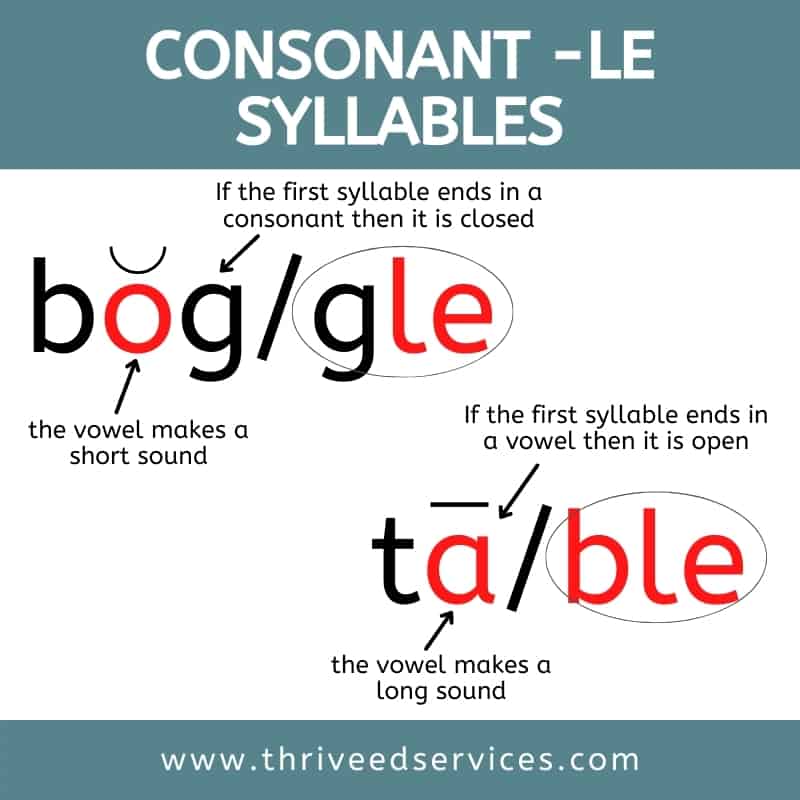
Teach students how to tell if the first syllable is open or closed. After students split the word according to the c+le rule, they look at the first syllable to determine if it is open or closed. If it ends in a vowel then it is open and that vowel says its name (makes the long sound). If ends in a consonant, then the syllable is closed and that vowel says its short sound.
Use decodable passages to practice. I always use decodable passages when teaching a new pattern. Students can easily focus on the target skill this way.
Consonant le Syllable Activities
You can check out this C+le Syllable Division Worksheets resources for ready made activities.
Color coding, tracing, and isolating c+le.
One of the first activities I do when teaching any new sound or syllable pattern is to isolate that pattern in words with color coding. Provide students with a list of consonant le words and use a highlighter to trace the c+le syllable within the word. From there you can use a short decodable passage and ask them to read and trace all the c+le syllables they can find.
Some other multisensory writing ideas include air writing, tracing, and sand trays. Remember to always have students say the sound as they write/trace.

C+le syllable flashcard drills
Create flashcards with just the c+le syllables, for example -ble, -dle, –ple, etc. Hold up the card and have students say “b-l-e says ble”. You want them to associate the cle ending with that schwa sound so they stop misspelling c+le words, like candol.

Syllabication
Write multisyllabic words with consonant le endings on flashcards then have students follow the marking and splitting procedures (mark vowels and consonants, split the word, cut along the split). You can do this with worksheets and decodable passages too, or as part of a game.
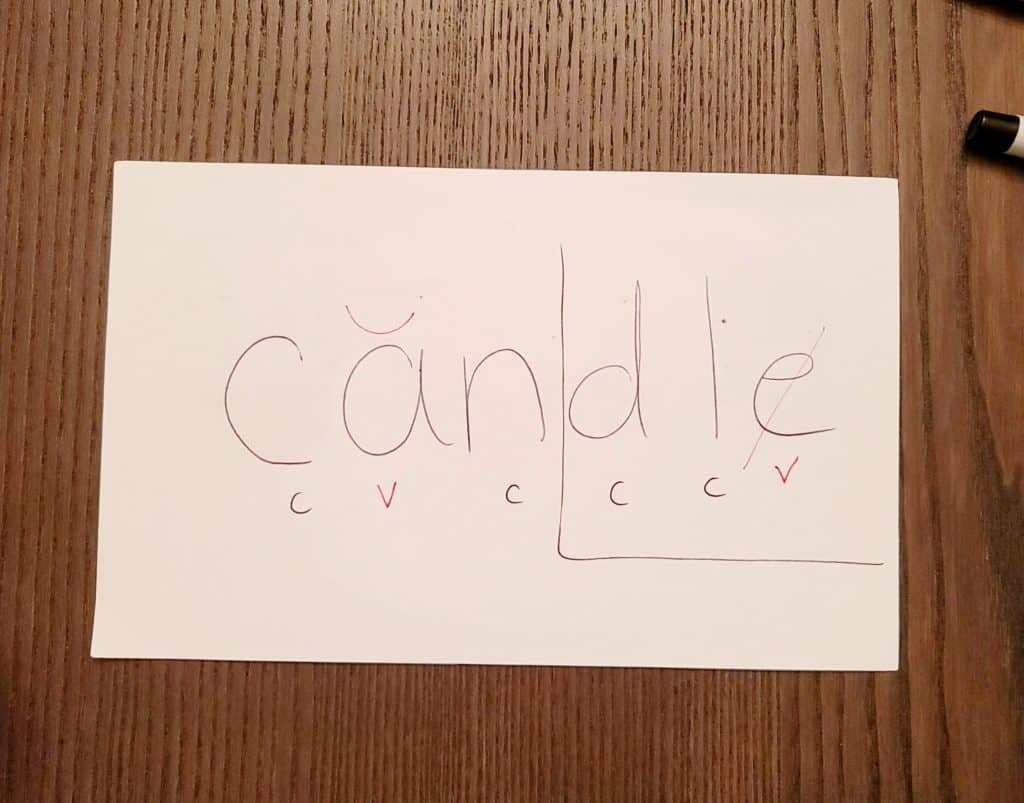

Games
You can make any game into a phonics game by simply asking students to read/write/spell on their turn. I created this phonics board game mat that I use with my students. We roll the dice, move our pawn, then read or syllabicate a word on our turn.
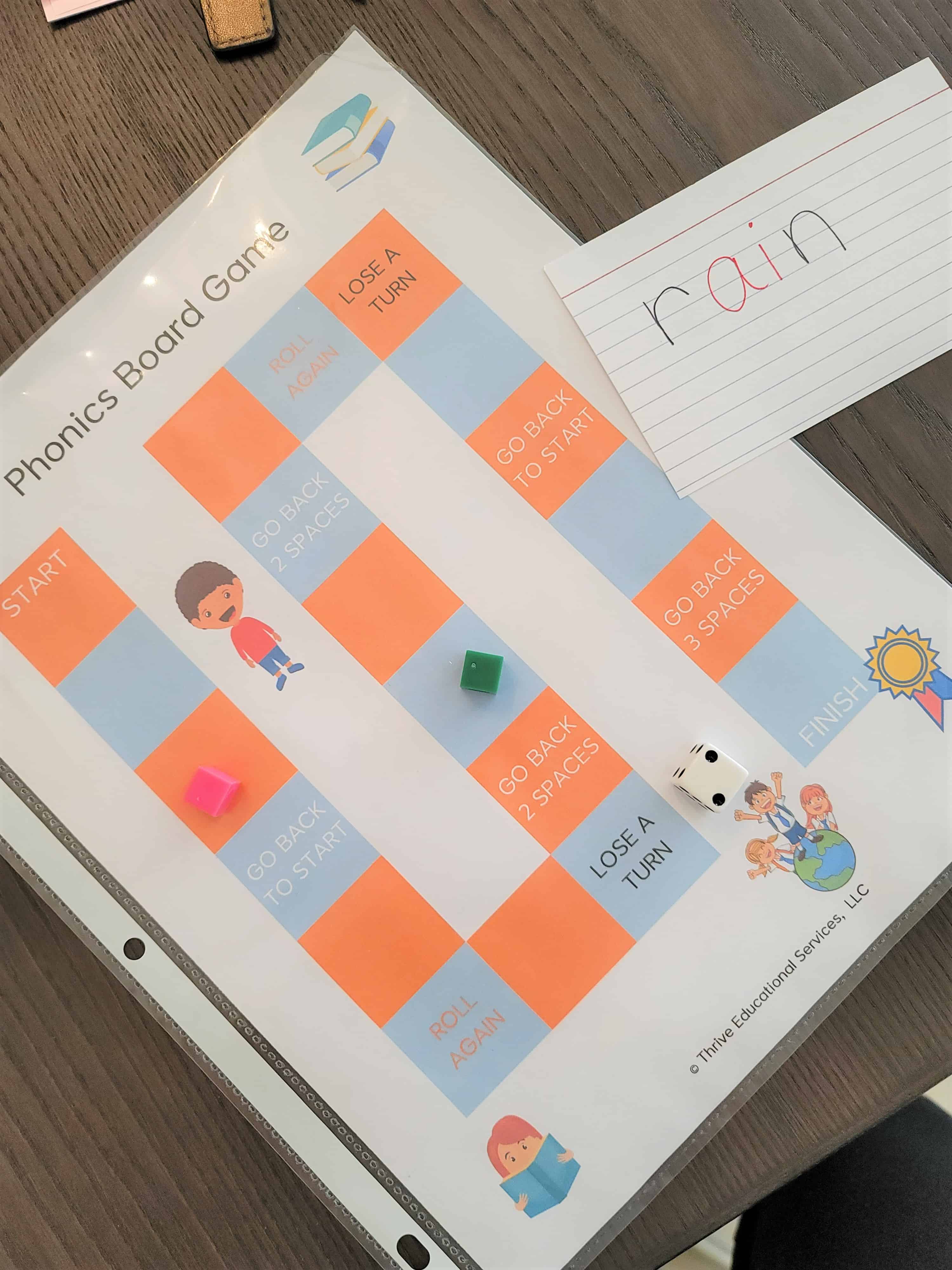
Sorting
Sort consonant le words by their endings or first vowel sound (open/closed). You can use word lists, flashcards, or worksheets. Word sorts are an easy no prep way to practice lots of phonics skills.
Blending drills
Use phonogram cards, letter tiles, or flashcards to make consonant le words.
Dictation
You can dictate words with the c+le to test their proficiency and provide more practice. This would be one of the last activities I do once I feel students are comfortable with the c+le syllable.
Don’t forget to make it multisensory!
Remember that for struggling readers the multisensory aspect is critical. Regardless of the activity, incorporate at least 3 senses. If students are tracing, make sure they’re also vocalizing the sound. If students are blending using cards, again they can vocalize the sounds as they blend. You want them to see it, hear it, and write/touch it every time.
Grab your FREE 6 syllable types posters & word lists by subscribing to my list!
*Most school spam filters block my emails, so please use a personal email.

Want to remember this? Save How To Teach The Consonant le Syllable to your favorite Pinterest board!








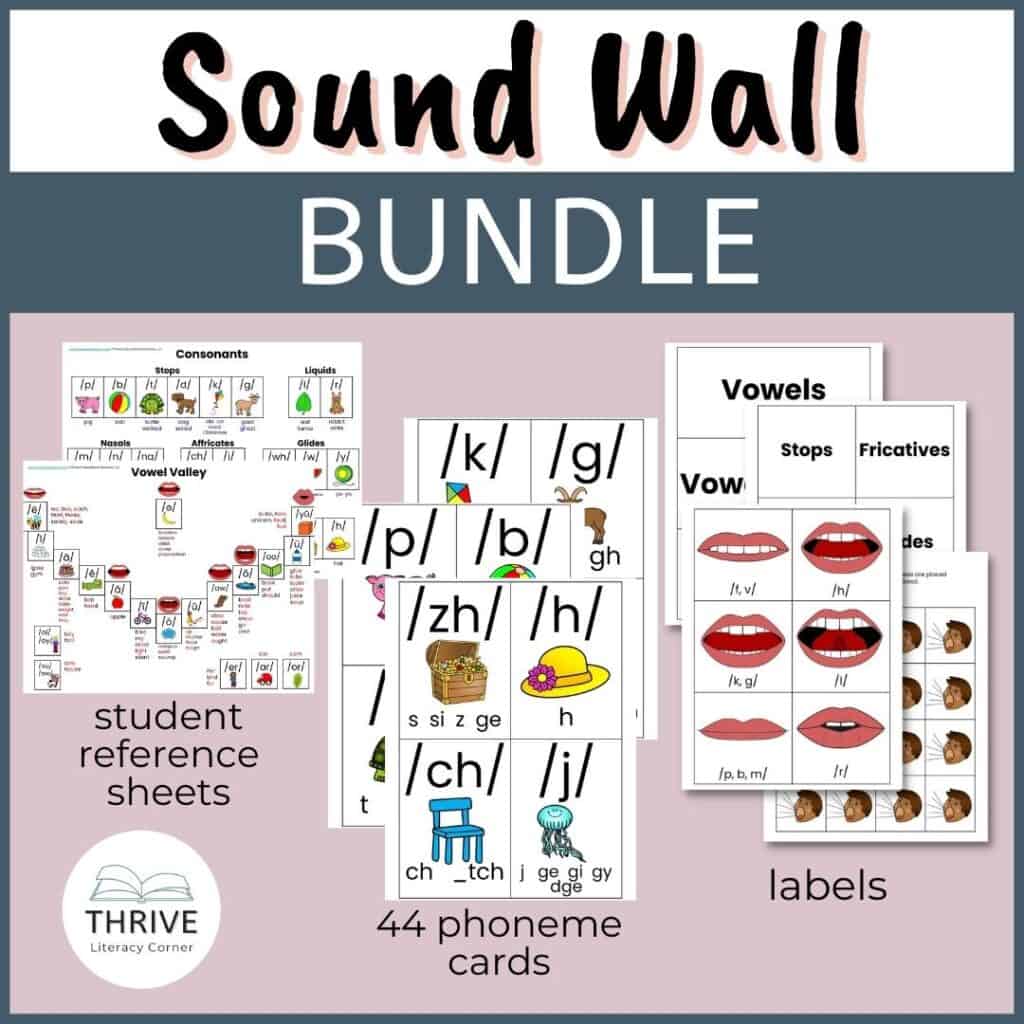
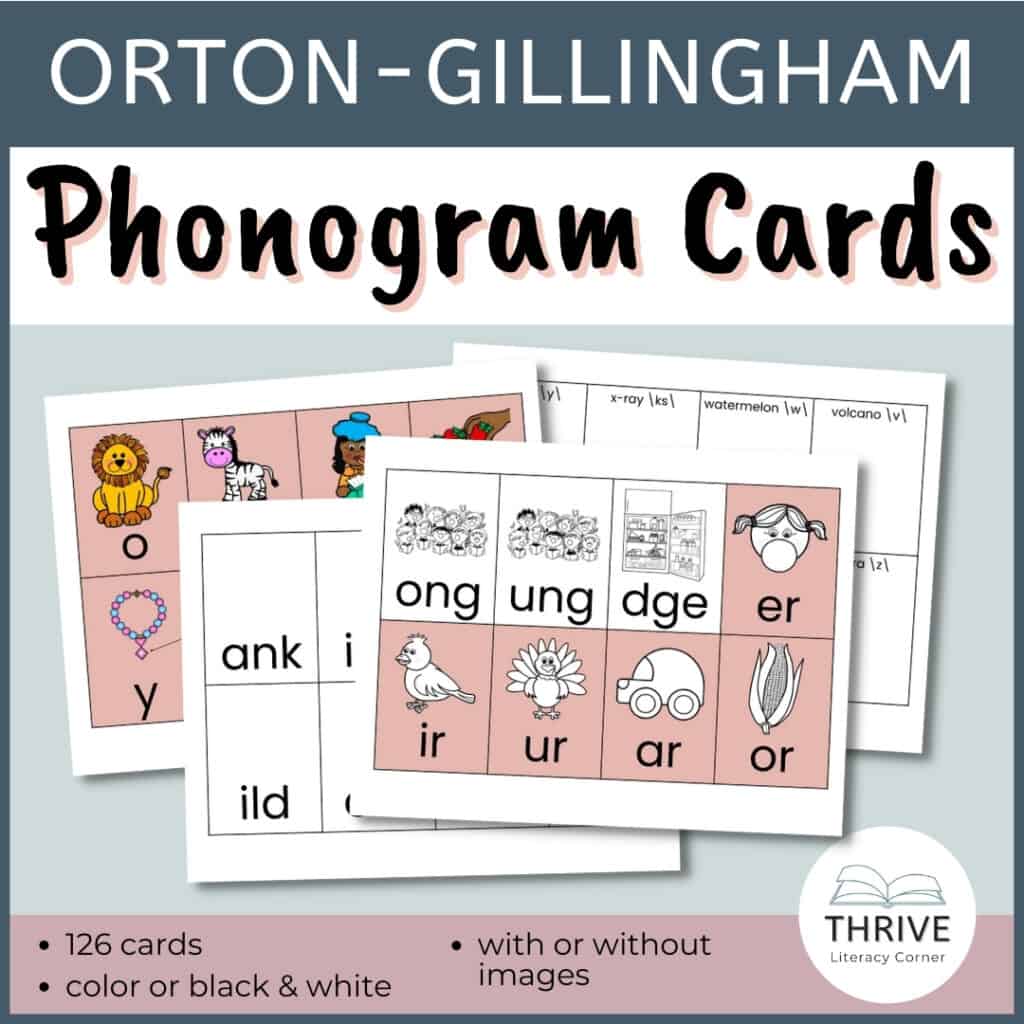
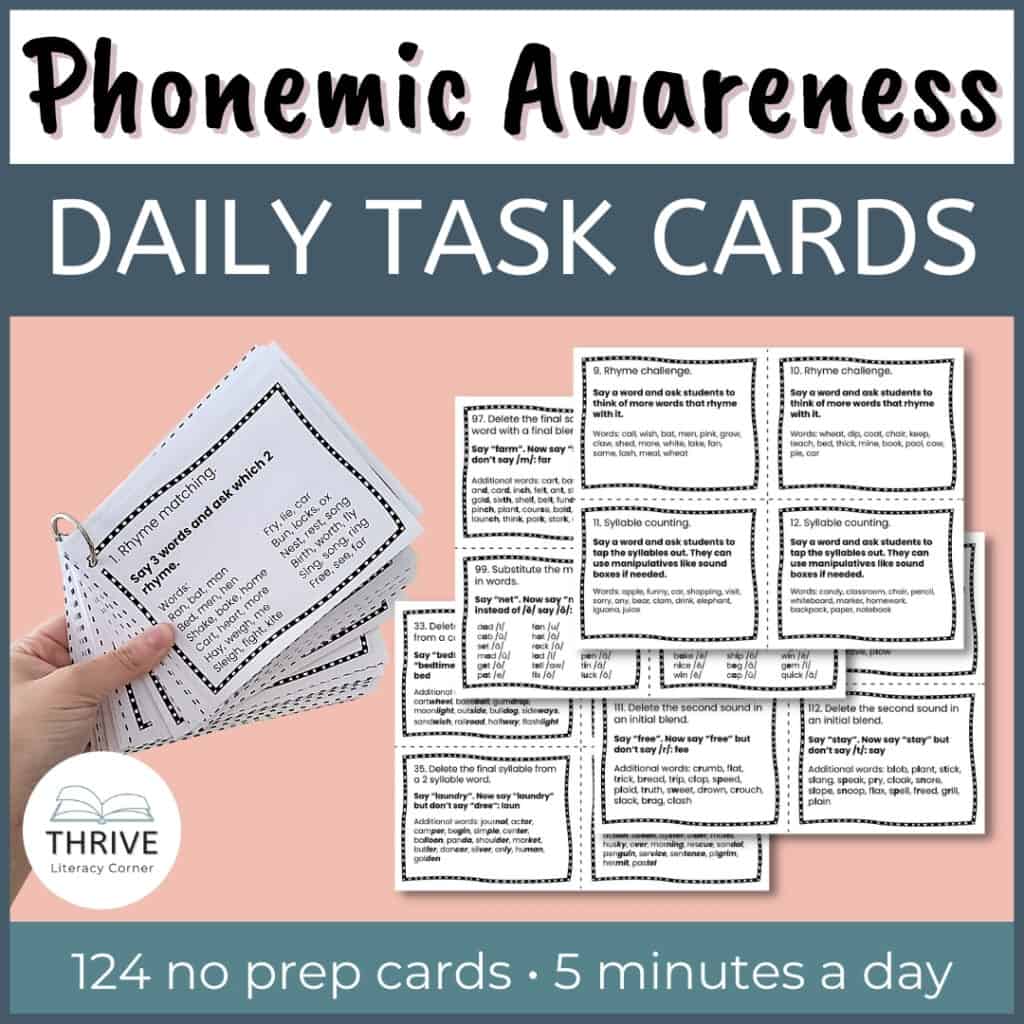

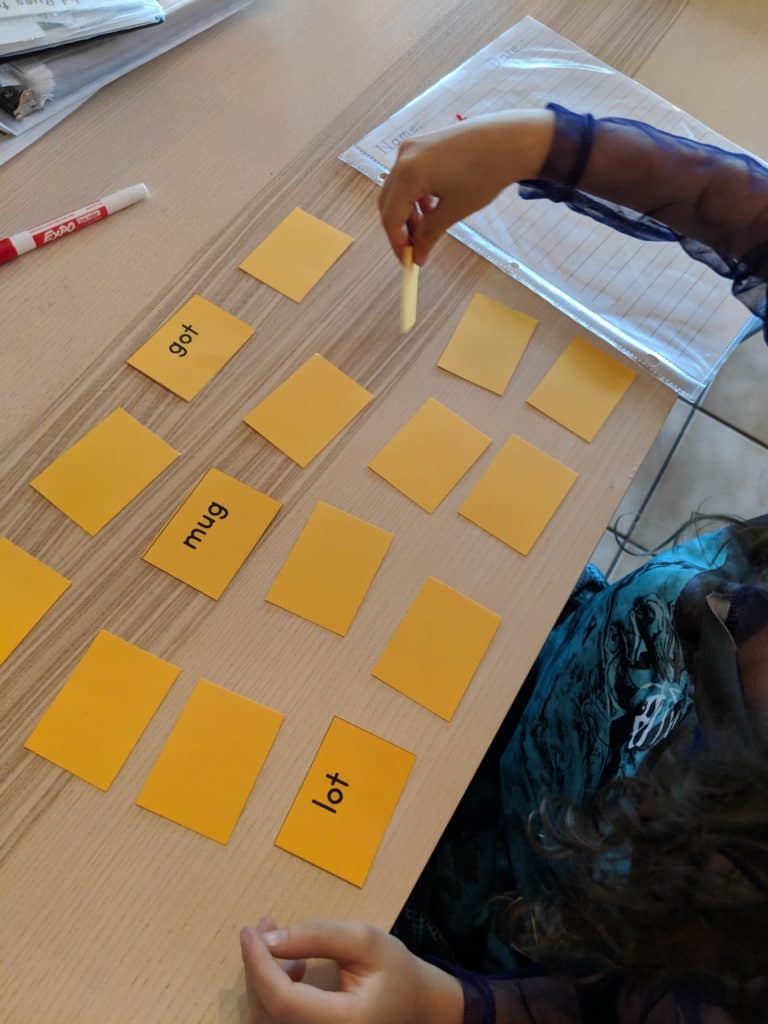
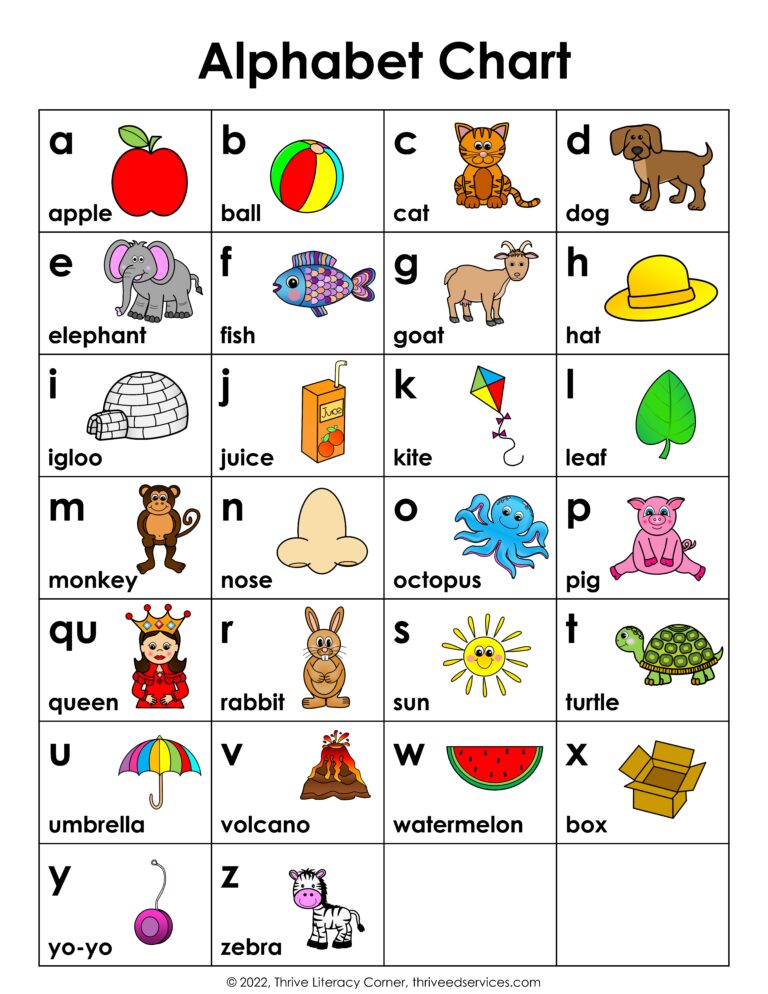
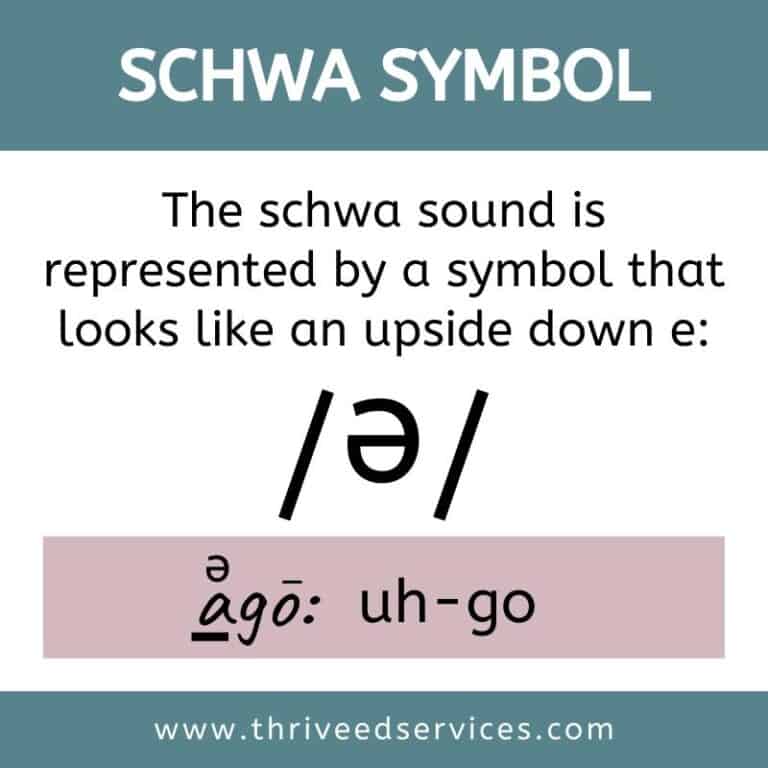
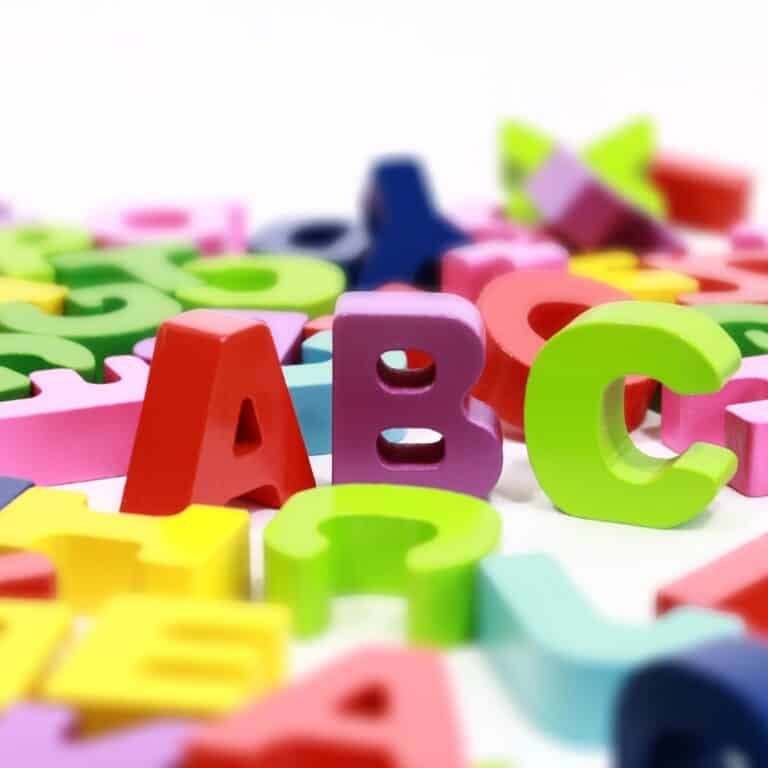
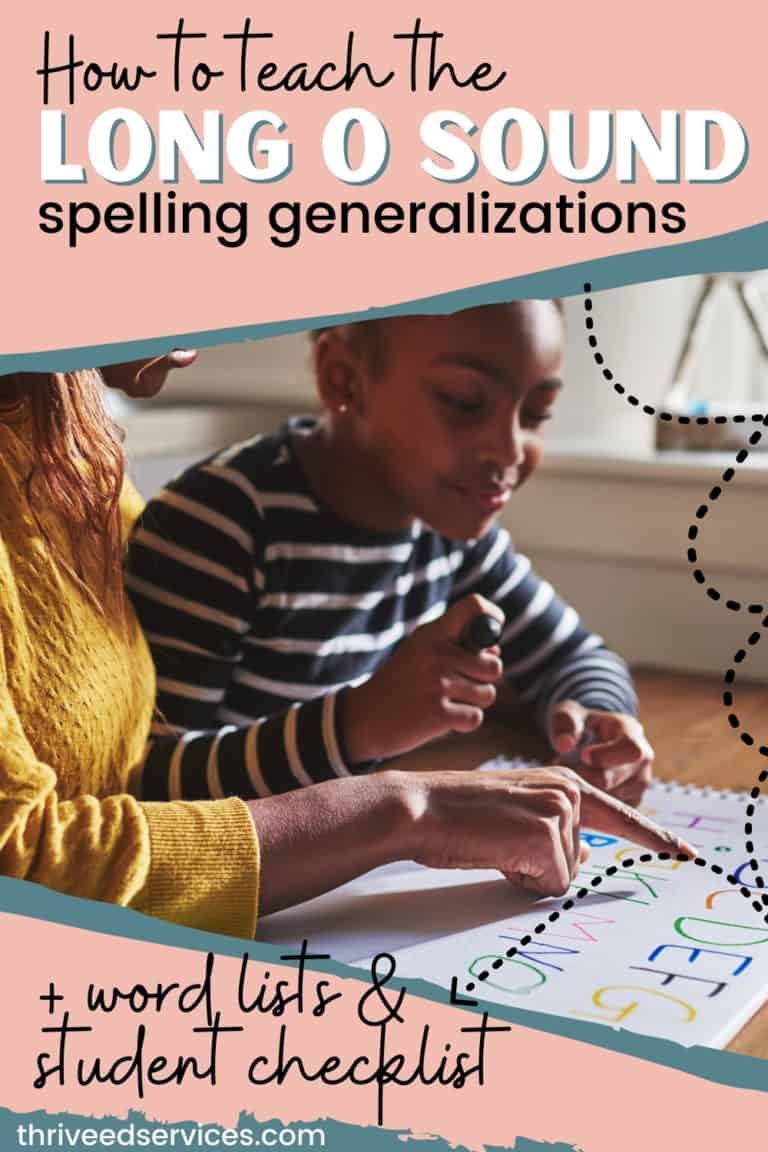
Thank you foe your easy to read help. I’m raising my 8yr old granddaughter. I’m pretty sure she is dyslexic. I had the good pleasure of selling a boat to Dr. John Anton who worked with Carrol Murray. Anyway Dr. John has helped me to understand what I’m dealing with. They have just made their software and book free to the public http://www.lexianet.org/
My granddaughters problems came out big time this week when I tried to teach her a spelling list with all er, ir, ur words I was at the peak of my frustration with her and the school. They gave me no support with a trick or reason why they would put all these same sounding words on the same list with no help on how to help her learn. It’s got me searching for help. I’m either looking for a teacher or school. I feel desperate to get her help while she’s young. Her mom is a heroin addict and Chloe was born addicted. Sorry for the rambling
Hi David. I can relate to your struggles. I have tutored many students with jumbled spelling lists like that and it frustrates everyone. Thanks for sharing that resource! -Delilah
Thank you. This is very helpful
Question: How does “marking the vowels and consonants to help guide where to split the word” help with the consonant-le spelling pattern?
They also need to look for patterns so they would see the -le and check for a consonant before it.
What about words like drizzling or puzzling? How would you divide them into syllables? Are they two or three syllable words? It is easier if you consider them two syllables, but what if they are three syllables?
Hi Barb. Great question. I would consider these to be 3 syllables: driz-zl-ing. The zl part of the word doesn’t have a vowel in it but we do hear a vowel sound between the Z and L. But if you look them up they are listed as 2 syllables. It’s probably something people don’t agree on. I would not focus on “being right” and just be sure students recognize the base word and the suffix, along with hearing the sounds in the word and knowing how to split it, whether they split it into 2 or 3.